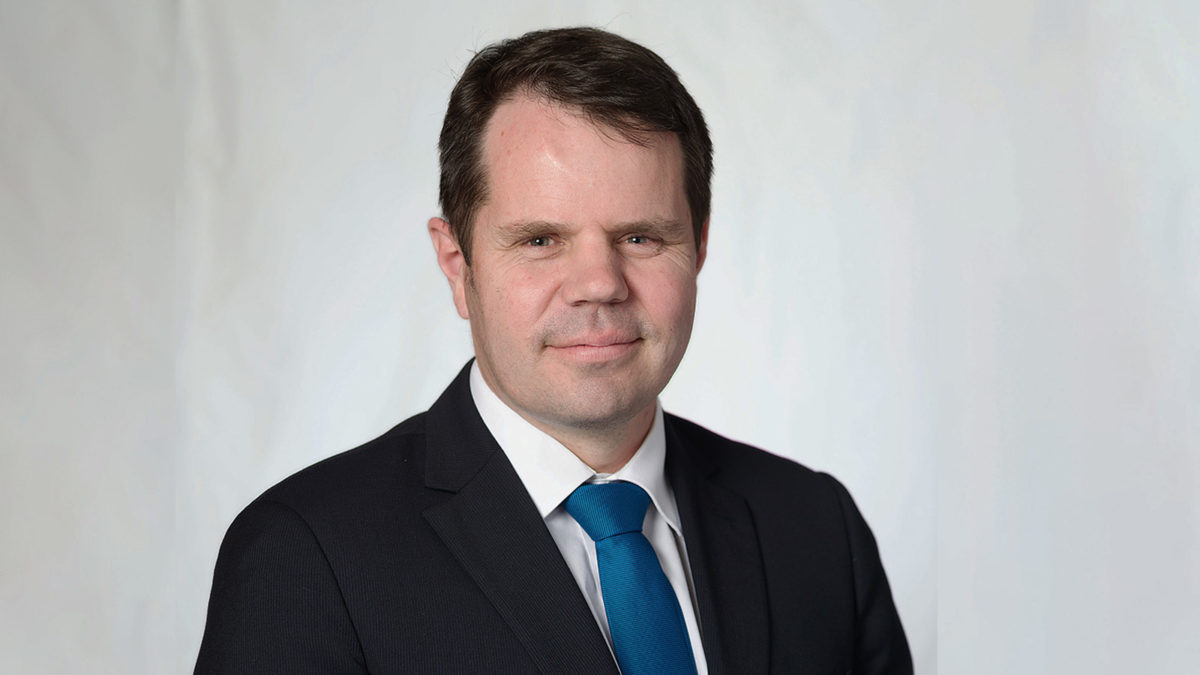Time for super to get its purpose as industry counts early release cost
On Thursday (August 11), the Association of Superannuation Funds of Australia (ASFA) released another piece of research on the early release super (ERS) scheme. The timing is somewhat surprising, given it’s now 2022; two years after ERS was unleashed on the industry, and when the majority of the politicking over it took place.
While it’s always helpful to have research that illustrates the costs of such a program, ASFA themselves give a second rationale down the very bottom of their timely release: “It’s more important than ever that we legislate the objective of super to ensure that Australians’ savings are preserved to support a dignified lifestyle in retirement.”
“Getting a clear objective that superannuation is about providing income in retirement is really important, and that can help frame public policy decisions going forward,” ASFA deputy CEO Glen McCrea said on Friday (August 12). “At the end of the day, super was never designed to solve other public policy problems. There are other mechanisms to do that.”
ERS created a certain amount of regulatory anxiety, despite the fact that funds mostly held up well; the election promise of Home First, Super Second, rolled out in the dog days of the Morrison Government, only heightened it. In recent times there’s even been suggestions that the government of the day could crack open the super piggybank in order to alleviate the impacts of natural disasters when there’s no room in the budget.
“It’s designed to make sure that people don’t have poverty in retirement, and they’re deferring their wages so that when they do retire and they can’t earn additional income they do have that dignity and are able to go to the dentist, have that meal at the club,” McCrea said.
“The objective is important. There’s a lot of big public policy initiatives at the moment and I know the government is weighing them up, but during this term I think there’s a real opportunity to provide a bit of certainty to consumers, and also for the Parliament to make it clear what super’s ultimately about.”
This publication understands that legislating the purpose of superannuation is at the top of the policy list for the industry funds this year (McCrea won’t comment on the policy objectives of other groups), which are hoping to capitalise on the friendly Albanese Government to make progress on an initiative that has already stalled several times. It’s their hope that a legislated purpose will prevent super from being used for every policy future governments dream up.
As far as supporting evidence for a legislated objective goes, ASFA’s report is as close to a home run as you can get. Nearly one million Australians – predominantly women, single parents and the unemployed – closed or almost cleaned out their superannuation account as a result of early release payments. Assuming no catch-up contributions are made, a 30 year old who took out $20,000 will have $43,000 less in retirement savings at 67.
“I suspect there will be a big debate about exactly what we say, but I think the sentiment is pretty clear, and I think across the board the vast majority of people would agree about income, it’s about dignity, and it’s beyond the age pension,” McCrea said.
“At the end of the day it’s up to the Parliaments of the future to decide what they do in terms of public policy priorities, but I guess it’s a bit like issues like the Indigenous Voice. Sometimes having a debate and getting common understanding – for future Parliaments, it won’t stop them doing what they choose, but it may help frame the debate… by opening up super, we’re going against the purpose of what super is.”











